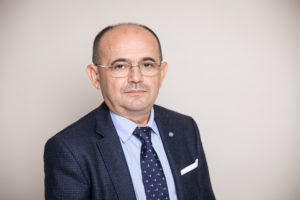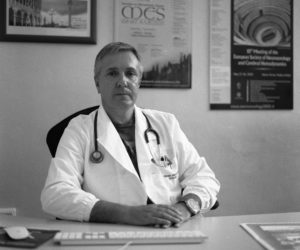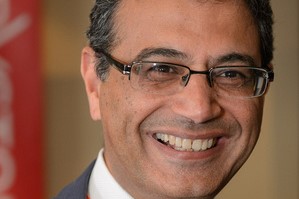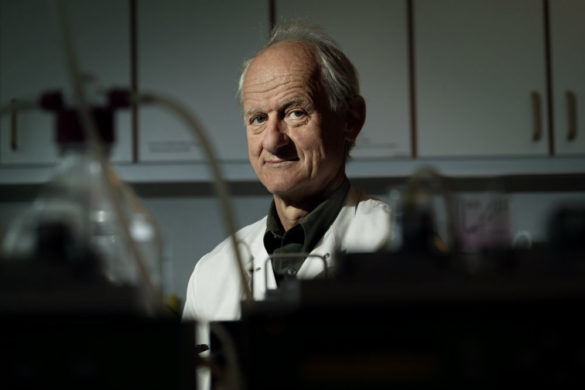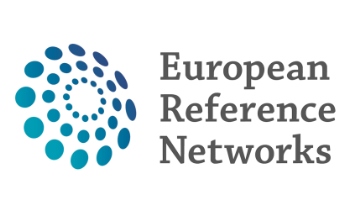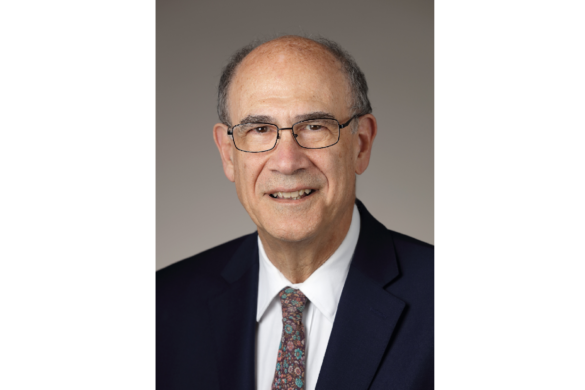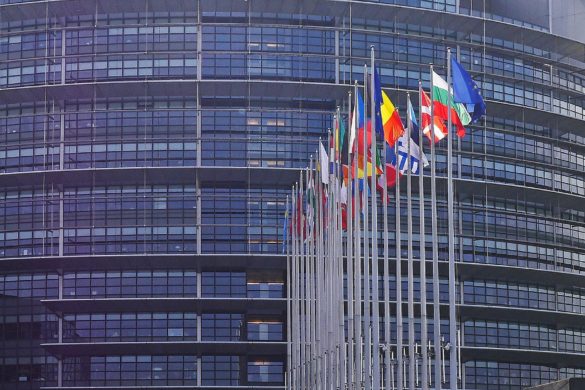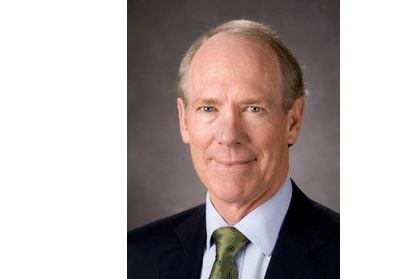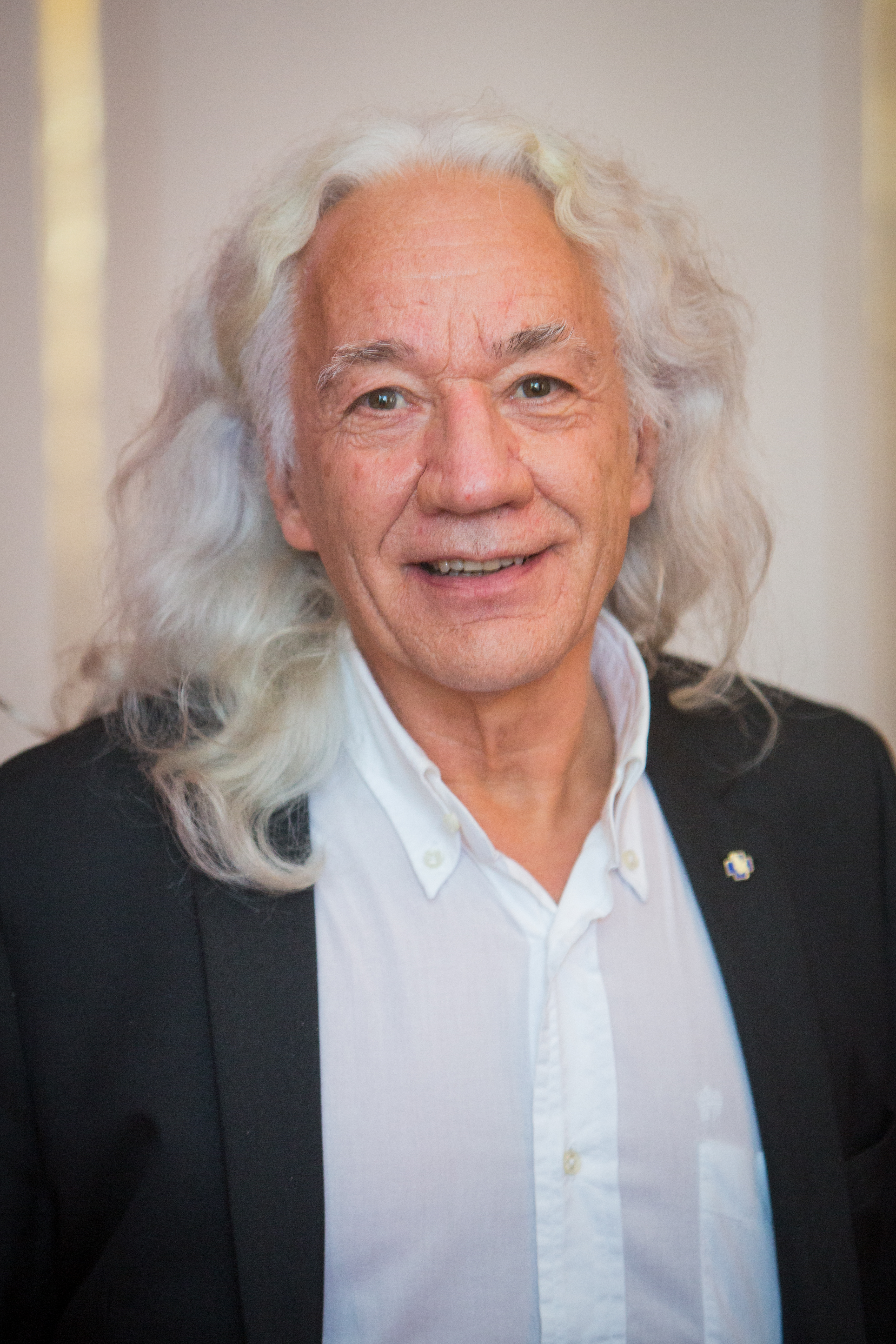Prof. Dafin Muresanu, Chair of the EAN Communication Committee
Prof. Claudio Baracchini, President of the European Society of Neurosonology and Cerebral Hemodynamics (ESNCH)
Prof. Dafin Muresanu (DM): Dear Prof. Baracchini, In light of the work towards a MoU between EAN and the ESNCH, we would like to bring the work of your society to the attention of the EAN Pages readers.
Can you briefly introduce the ESNCH to the readers of the EAN Pages explaining its structure and activities.
Prof. Claudio Baracchini (CB): The European Society of Neurosonology and Cerebral Hemodynamics (ESNCH) was founded in 1996 as an international, non-partisan, non-profit organization, and presently is the most successful neurosonology group in the world.
Since its foundation, the Society has been supporting the International Congress on Neurosonology and Cerebral Hemodynamics, which is held in annually changing European countries. This event has set high scientific standards, bringing together the world’s experts, thus representing an excellent platform for young researchers to present their work, gain experience and start a scientific collaboration. For this reason, the ESNCH strongly encourages young neurosonologists to submit study proposals and at each of the yearly conference the best three projects are presented in a form of short communication while the best one is financially funded by the ESNCH.
Since 2008, the ESNCH has also organized a high-ranked Residential Training Course in Neurosonology which takes place every two years across Europe: in a very interactive setting, all participants have the opportunity to better their skills with the help of our qualified trainers, especially during the hands-on sessions.
Recently, the ESNCH has established Working Groups which gather experts in different areas of neurosonology with the aim of producing reviews, metanalyses, guidelines, conducting collaborative research projects and promoting the ESNCH, especially among young neurologists.
Finally, being a culturally open Society, the ESNCH is strongly connected to the Pan-European scientific community: we collaborate with the European Academy of Neurology (EAN), the European Stroke Organisation (ESO), the European Federation of NeuroRehabilitation Societies (EFNR), the Neurosonology Research Group (NSRG), and the European Federation of Societies for Ultrasound in Medicine and Biology (EFSUMB). In particular, the ESNCH has recently signed a memorandum of understanding with the EAN in order to strengthen the collaboration between our societies.
DM: Education is at the forefront of ESNCH’s activities. Can you illustrate why this is of major importance to ESNCH and how you see a possible cooperation with EAN in the field of medical education.
CB: An important part of our mission is to promote education and training all over Europe. For this reason, at each yearly ESNCH conference part of the program is dedicated to basic and advanced tutorials with hands-on sessions on the application of ultrasound in neurology. Furthermore, every two years we organize an international residential training course: in a familiar atmosphere, attendees get the latest news and the highest level of knowledge on the clinical meaning of ultrasound in acute and chronic cerebrovascular diseases, as well as clinically relevant applications of neurosonology in the fields of movement disorders and peripheral neuropathies.
The ESNCH offers courses, workshops and symposia also during conferences of other major societies such as EAN, ESO and EFSUMB, and we give our patronage to local neurosonological conferences, courses and meetings across Europe.
At the official ESNCH events (conference, courses), there is the possibility to gain a Teaching Level Certification in Neurosonology. Each candidate’s theoretical and practical knowledge is evaluated by a special International Commission formed by experts of ESNCH and NSRG. The examination represents a significant step towards a transnational harmonization of neurosonological standards throughout Europe. Manuals, books, atlases and scientific papers have been written by our EC members in order to facilitate exam preparation, offering also a practical approach to the examination of patients, interpretation of ultrasound studies, and application of neurosonology to the development of management and treatment strategies.
Ultrasound is an excellent diagnostic tool, however only a few European universities include neurosonology in their neurology residency program. One main educational goal, in cooperation with the EAN, would be to create European neurologists and neurosonology specialists by implementing ultrasound diagnostics in the European neurology core curriculum. I believe that we can achieve this goal only if we join forces.
DM: Neurosonology becomes ever more important in the field of clinical neurology. How do you see possible close cooperation with EAN.
CB: As already mentioned, Neurosonology is an outstanding diagnostic instrument in the hand of clinical neurologists enabling to make therapeutic decisions, with unique selling points such as specific imaging technology, high spatial resolution, online observation, noninvasiveness as well as broad and easy availability in the clinical routine across Europe. Beside “traditional” vascular neurology, embolus detection, cerebral perfusion imaging, and shunt diagnosis, currently new fields of application such as muscle and nerve imaging, orbital ultrasound and online monitoring techniques in intensive care and post-procedural stroke care are booming. There is a definite need for a well-structured clinical network to seek for further technical progress, to offer a profound education and training program, to test the usefulness of ultrasound in new fields (encapsulated drugs and gene delivery, sonothrombolysis, targeted contrast agents for molecular imaging), to implement it in clinical trials and to foster the application of sonography in daily practice. The ESNCH as the leading society in neurosonology and the EAN as the leading neurological society in Europe have decided to establish a Network of European Reference Centers in Neurosonology (ERCNsono). The ERCNsono may serve as a perfect starting point to establish a functional network connecting health care providers and centers of expertise of highly specialized healthcare, for the purpose of improving access to diagnosis and treatment, and offering high-quality healthcare for patients. The ERCNsono will promote expertise and support health care providers in order to bring local, regional and national provision of healthcare closer to the patients. It is the aim of ERCNsono to include as many qualified centers in Europe as possible into the network. The accreditation criteria are posted on our website (www.esnch.org) and up till now eleven centers across Europe have been accredited, while a multicenter trial which includes some of these centers is already underway. The ESNCH is very happy to collaborate with the EAN, with the hope that this partnership will support our effort in educating and motivating neurologists to apply neurosonology in clinical practice and research.
Dear Prof. Baracchini, I thank you for this very interesting interview and wish you and ESNCH all the best.
by Prof. Dafin Muresanu, Chair of the EAN Communication Committee and EAN Board Member

